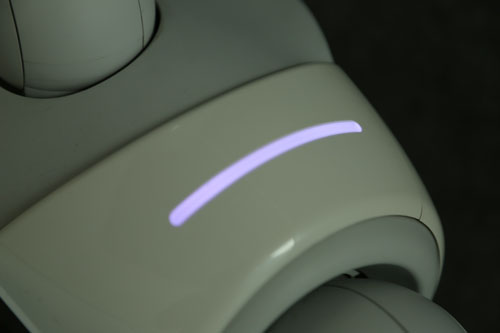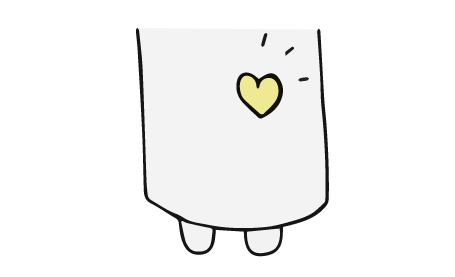
Interaction Situation
The operation state of the robot needs to be transparent to the user at any time of the interaction. In all situations during which the robot is preparing to interact with the user in the near future, it actively engages in interaction with the user or the user provides input for the robot, the robot communicates that it is turned on and thus able to generate output and process user input during the interaction.

Solution
Let the robot express that:
To indicate the current operation mode of the robot it is recommended to use a dedicated status light that can be used independently of any other communication modality. This status light should be in an unobtrusive, non-attention grabbing color such as white, light yellow or light blue.
To show that the robot is turned on, the status light should be permanently glowing.
Make sure to design a consistent behavior of the status light for the patterns Operation mode on, Operation mode off and Operation mode standby.
Related patterns:
Needed by: Active, Becoming active, Becoming inactive, Processing, Not understanding, Showing, Listening, Explaining, Getting ready to play, Encouraging good performance, Questioning good performance, Joyful positive feedback, Displeased positive feedback, Empathic negative feedback, Gloating negative feedback
Dependent on: Operation mode standby, Operation mode off
Opposed patterns: Operation mode standby, Operation mode off

Examples


Rationale
In human-technology interaction it is very common to indicate the operation mode of a device through a glowing light. This design practice can easily be transferred to robots. A yellow color is often used. Warm colors and light colors have been shown to be less attention grabbing and can thus be chosen to implement a rather ambient status light.
References and further reading:
- Terada, K., Yamauchi, A., & Ito, A. (2012, September). Artificial emotion expression for a robot by dynamic color change. In 2012 IEEE RO-MAN: The 21st IEEE International Symposium on Robot and Human Interactive Communication(pp. 314–321). IEEE. https://doi.org/10.1109/ROMAN.2012.6343772
- Baraka, K., & Veloso, M. M. (2018). Mobile service robot state revealing through expressive lights: Formalism, design, and evaluation. International Journal of Social Robotics, 10(1), 65–92. https://doi.org/10.1007/s12369-017-0431-x

